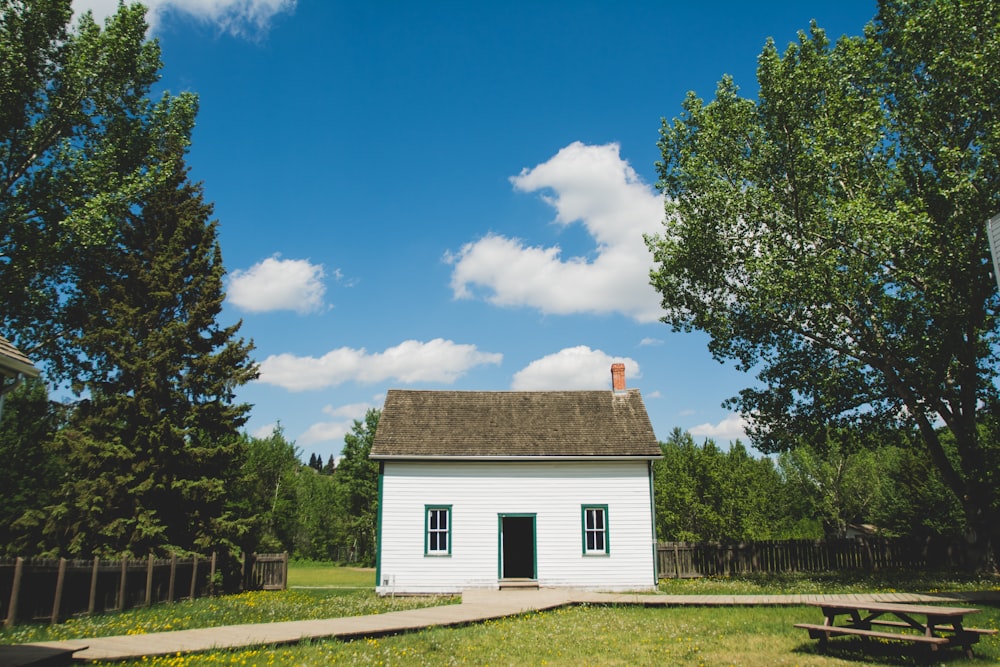Exploring the Essence of Vernacular Design
Understanding Vernacular Design
Vernacular design is more than just architecture; it’s a reflection of culture, tradition, and community. Unlike mainstream styles, vernacular design is rooted in the history and heritage of a specific region, blending local materials, techniques, and aesthetics to create unique and authentic structures.
A Blend of Tradition and Innovation
One of the most charming aspects of vernacular design is its ability to seamlessly blend tradition with innovation. While it honors age-old building techniques and architectural styles, it also incorporates modern elements and technologies to meet contemporary needs. This fusion of old and new creates spaces that are both timeless and relevant.
Cultural Significance
Vernacular design serves as a tangible expression of a community’s cultural identity. From the layout of a village to the intricate details of a craftsman’s home, every aspect of vernacular design tells a story about the people who inhabit it. It’s a living testament to the traditions, beliefs, and values passed down through generations.
Sustainability at its Core
One of the hallmarks of vernacular design is its inherent sustainability. By using locally-sourced materials and building techniques suited to the local climate and environment, vernacular structures minimize their ecological footprint. From adobe homes in the desert to thatched cottages in the countryside, vernacular design prioritizes harmony with nature.
Regional Diversity
Perhaps the most fascinating aspect of vernacular design is its regional diversity. From the snow-capped mountains of the Alps to the sun-soaked shores of the Mediterranean, each locale has its own vernacular style shaped by its geography, culture, and history. This diversity ensures that no two vernacular designs are alike, offering a rich tapestry of architectural expressions.
Community Collaboration
Vernacular design is often the result of collaborative efforts within a community. From planning and construction to maintenance and restoration, community members come together to create and preserve vernacular structures. This collective approach not only strengthens social bonds but also fosters a sense of ownership and pride in the built environment.
Preserving Heritage
In an increasingly globalized world, vernacular design faces numerous challenges, from urbanization and globalization to environmental degradation. However, efforts to preserve and promote vernacular heritage are gaining momentum. Architects, preservationists, and community leaders are working together to document, restore, and adapt vernacular structures for future generations to enjoy.
Inspiration for the Future
As we look to the future, vernacular design offers valuable lessons and inspiration for sustainable and culturally-sensitive architecture. By embracing the principles of vernacular design – adaptation to local conditions, respect for cultural traditions, and collaboration within communities – we can create built environments that are not only functional and beautiful but also resilient and meaningful. Read more about vernacular design






